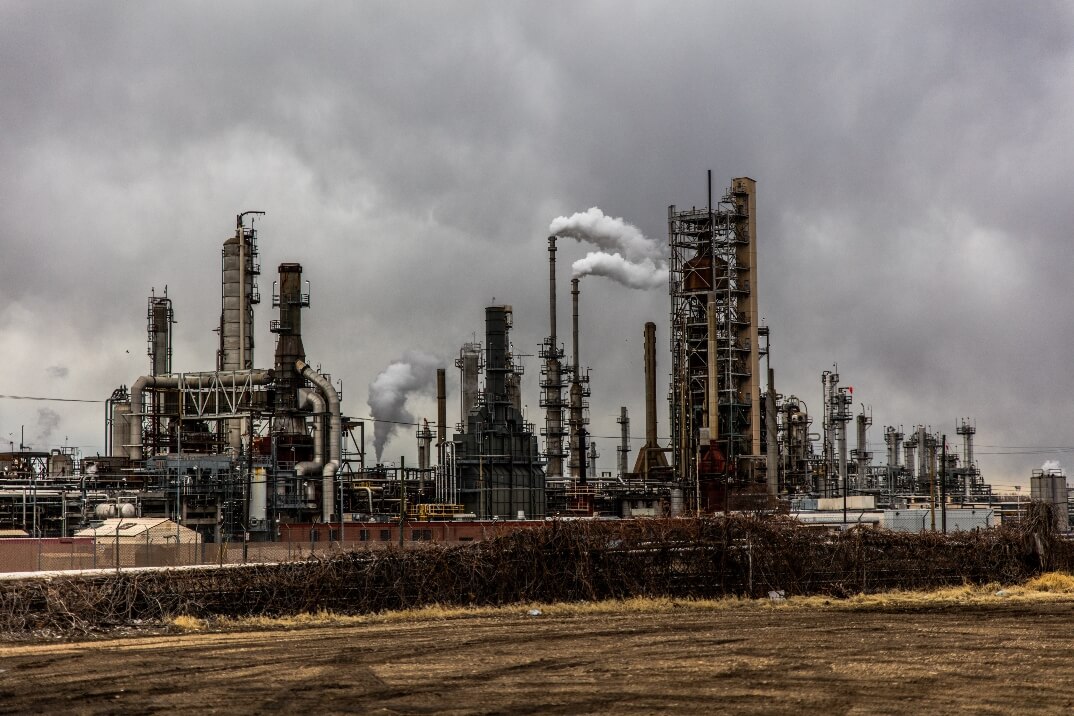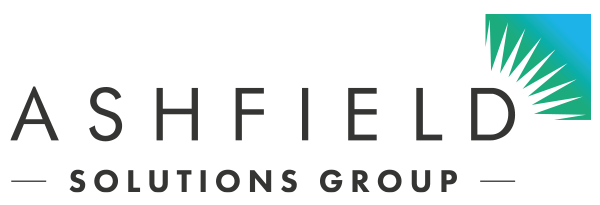
COMAH Basics
All businesses in the UK are legally required to protect their employees, third parties and members of the public who may be affected by their work activities. The COMAH Regulations aim to limit the consequences of a major accident to people, local communities, and the environment. Here we provide the COMAH basics and how we can use our flood risk assessment expertise to bring you clarity and peace of mind.
What does COMAH stand for?
COMAH stands for The Control of Major Accident Hazards Regulations ensuring that businesses “take all necessary measures to prevent major accidents involving dangerous substances [and] limit the consequences to people and the environment of any major accidents which do occur.” Typical types of Major Accidents that are covered by COMAH include fires, explosions, toxic gas releases, and leaks of hazardous substances to rivers and land.
What does COMAH mean?
A COMAH site is defined as a business which stores above a certain volume of dangerous substances on site. These are split into Lower Tier and Upper Tier establishments, depending upon the total volume of dangerous substances stored. Major accidents may give rise to serious injury to people or serious damage to the environment, both on site and in the surrounding area.
COMAH operators in flood risk areas have a legal requirement to comply with the Operational Delivery Guide – Inspection of COMAH Operator Flood Preparedness. The Operational Delivery Guide is aimed at both upper and lower tier COMAH establishments where flooding could directly initiate a Major Accident to the Environment (MATTE), or where flooding may prevent an emergency response to an on-site major accident.
Lower-tier COMAH – Operators in this tier are required to meet the simplest COMAH requirements. These businesses must consider the potential for a major accident arising from their work activities and describe their approach to controlling the risks in a major accident prevention policy (MAPP).
Top-tier COMAH applies when businesses increase their inventories of dangerous substances above the relevant top-tier COMAH threshold. Top-tier COMAH operators should plan for the changes carefully and ensure they make appropriate revisions to their systems for managing and controlling related risks.
Who needs to do a Major Accident Prevention Policy (MAPP)? Every COMAH operator must prepare and keep a document setting out their MAPP. For lower-tier COMAH sites it is a standalone document but for top-tier COMAH sites the MAPP may be included in the safety report rather than as a separate document.
What is a MAPP? MAPP clearly outlines your policy on the prevention of major accidents. It must give sufficient detail on what systems are in place to deal with major accident hazards and measures to protect the environment. You should include your existing health, safety, and environmental policy documents.
Ashfield has a wealth of expertise in this field and we are familiar with dealing with COMAH Competent Authorities, supporting businesses with flood risk, and ensuring they comply with the Operational Delivery Guide. We use a combination of the most up to date flood modelling information as well as our expertise in identifying potential flood hazards on a COMAH site. When flooding has been confirmed as a risk that could potentially lead to causing a major accident, we can outline the most suitable preventative measures. We also develop a future action plan that considers the potential further impacts from Climate Change.
Need Help? Speak to our experts today
COMAH operators in flood risk areas have a legal requirement to comply with the Operational Delivery Guide



